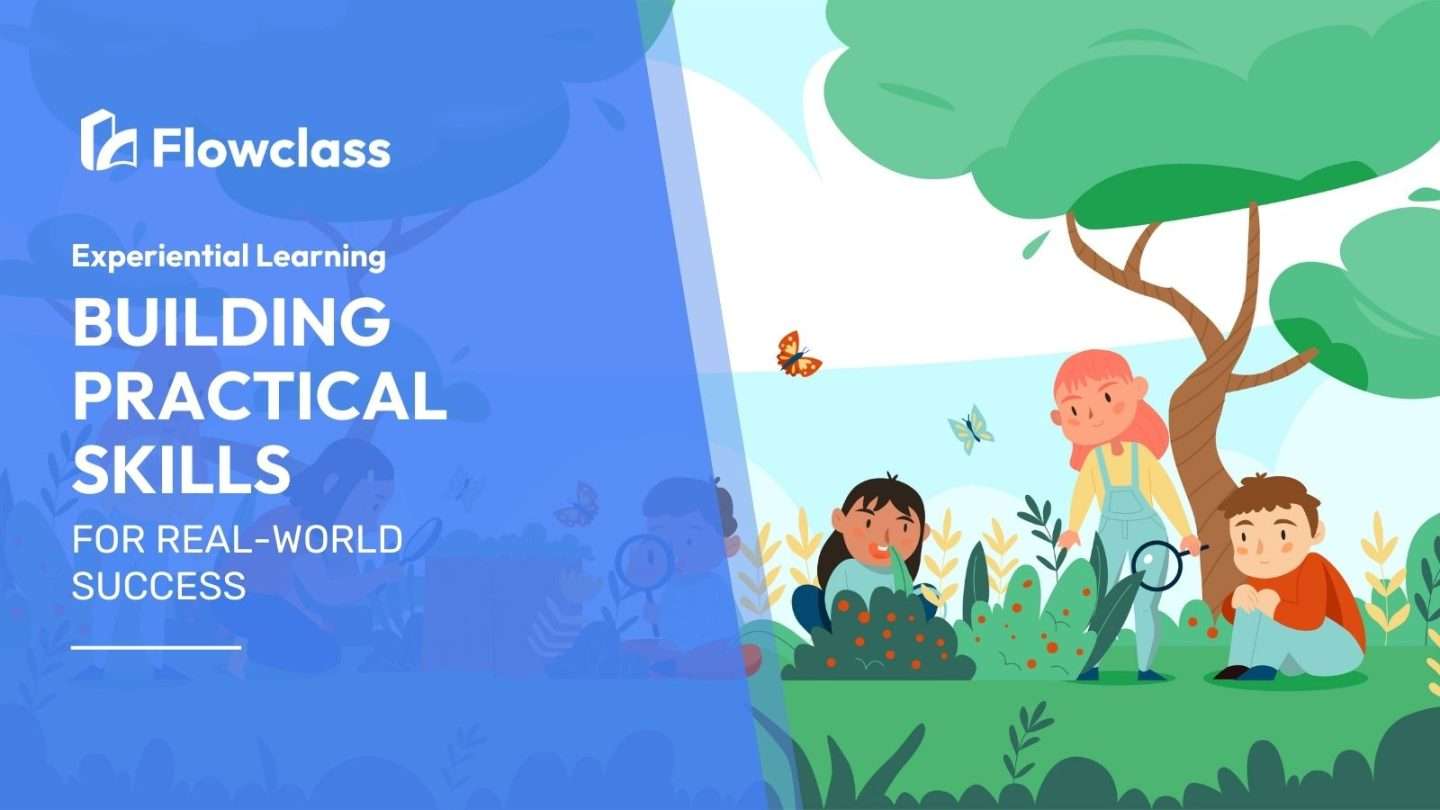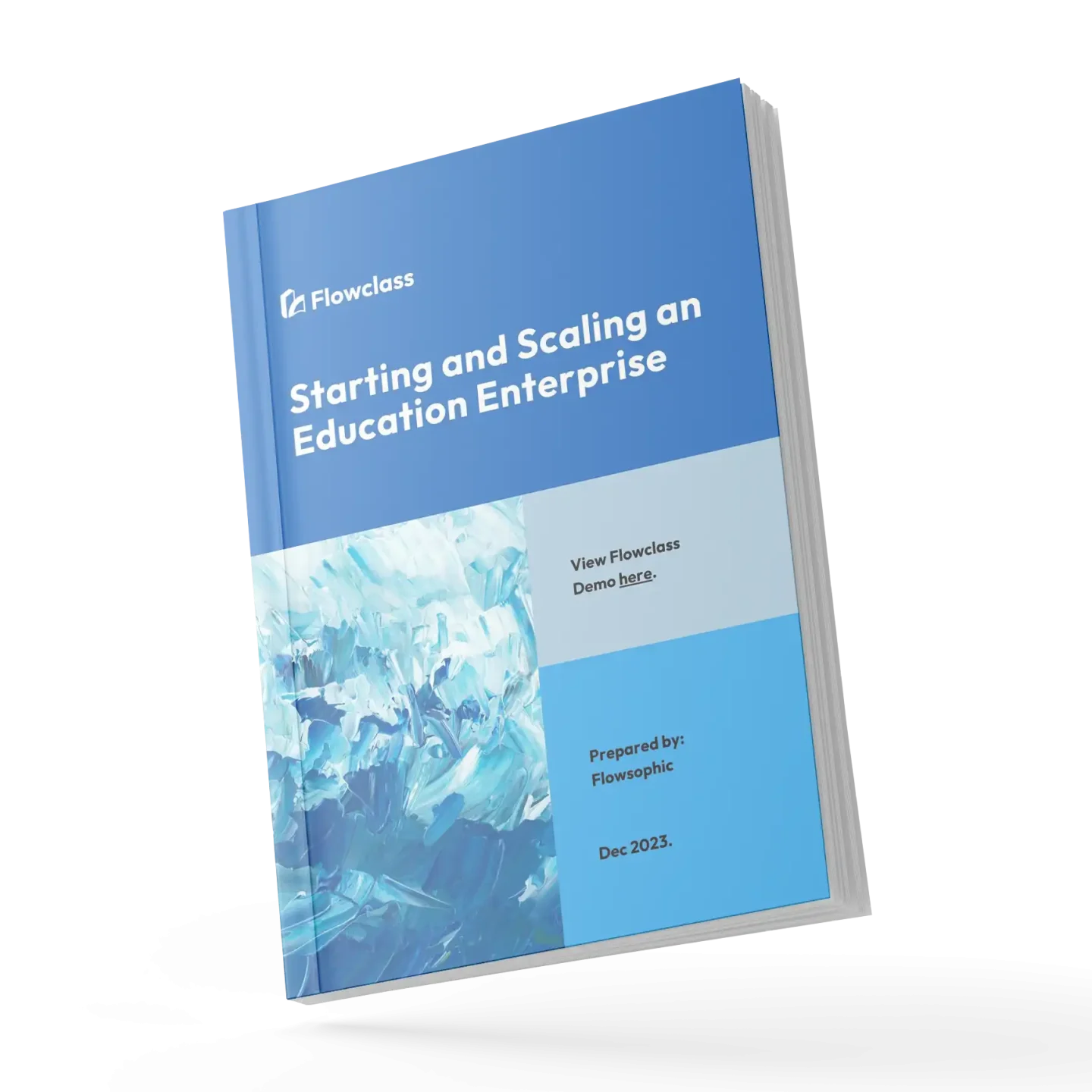Students often struggle to apply classroom knowledge in real-world environments. Experiential learning changes this by equipping them with practical skills and knowledge to succeed beyond traditional education.
This hands-on approach immerses students in real-life scenarios like internships or interactive projects, developing critical thinking, problem-solving, and communication skills. It enhances their understanding of theoretical concepts by connecting classroom learning with practical applications.
Key Benefits of Experiential Learning
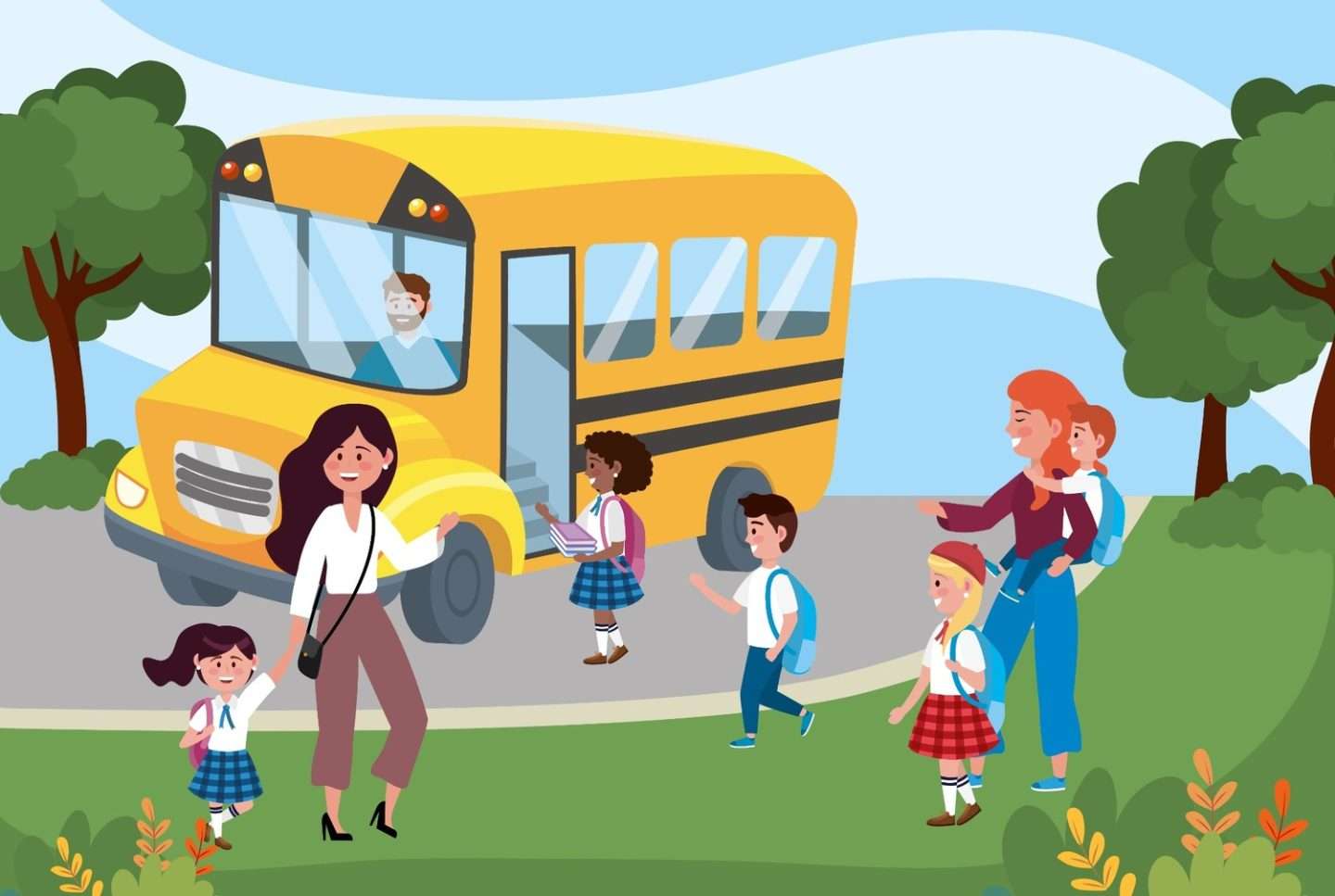
Experiential learning offers critical advantages for students. It promotes critical thinking as students actively analyze and solve problems in real-time situations. Engaging in hands-on tasks fosters a mindset of inquiry rather than rote memorization.
Knowledge retention is significantly improved through experiential learning, as students form emotional connections to the material. The practical application of concepts creates a deeper understanding, ensuring students retain information longer.
Communication and teamwork skills are also developed. Collaborative activities require students to articulate ideas and listen to others, fostering adaptability and empathy—skills critical for success in any career.
Experiential Learning in Classrooms
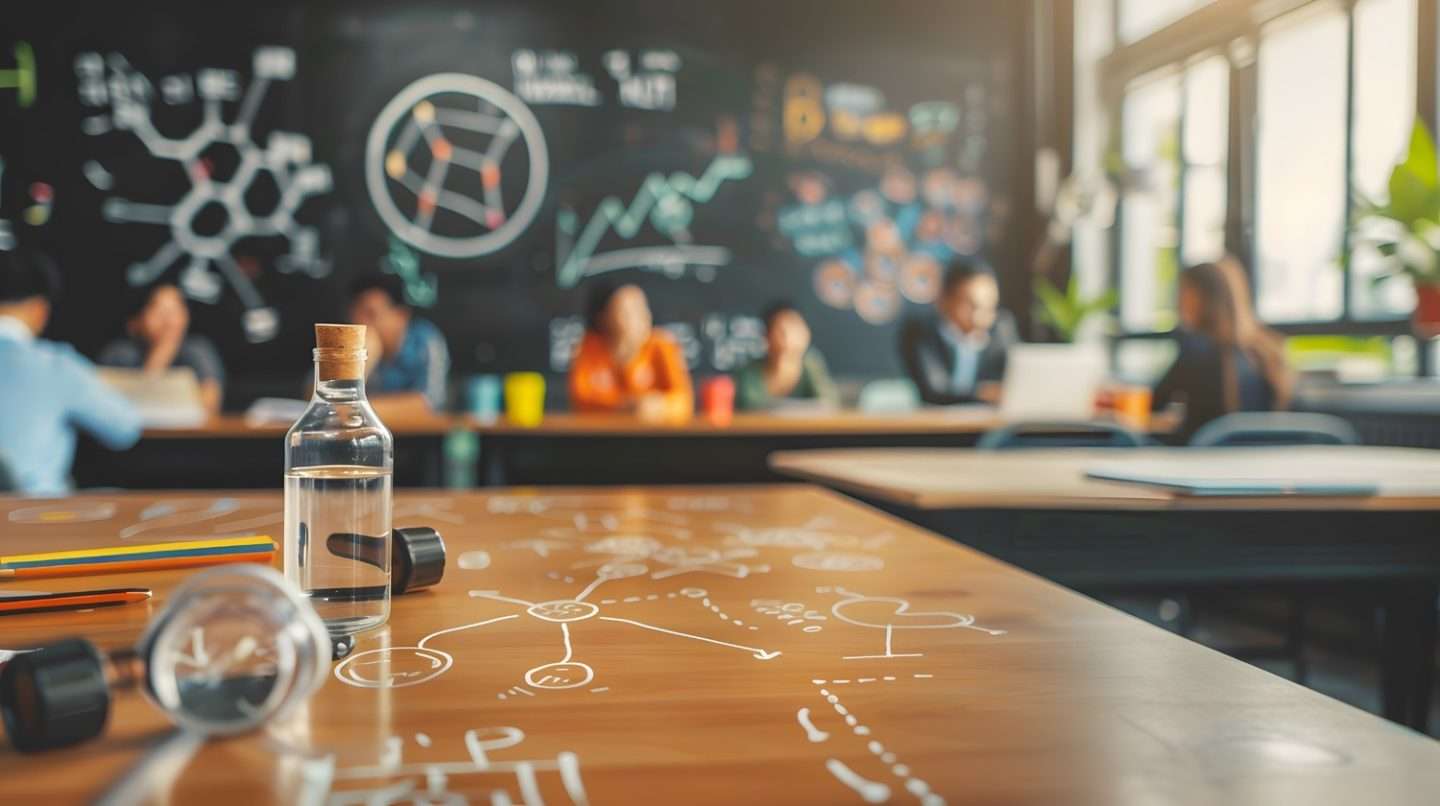
Integrating experiential learning transforms traditional classrooms. Students become active participants through project-based learning, solving real-world problems and gaining ownership over their education.
Simulations and role-playing immerse students in realistic scenarios, encouraging critical decision-making. Field trips and guest speakers allow students to witness real-world applications, sparking curiosity and deepening their learning.
Examples of Experiential Learning Activities

There are diverse experiential activities to engage students. Service learning combines community service with academic instruction, fostering a sense of social responsibility.
Internships and co-op programs give students valuable industry experience, helping them apply classroom theories in real-world contexts. Case studies encourage the application of theoretical frameworks to real-life problems, enhancing critical thinking and collaboration.
Integrating Experiential Learning into the Curriculum
To effectively incorporate active learning, educators should align activities with specific learning objectives. It’s essential to cultivate an environment that encourages risk-taking and creativity.
Reflection is key. After activities, students should analyze their experiences to understand the connections between theory and practice. This continuous reflection solidifies learning.
The Role of Technology for Practical Skills
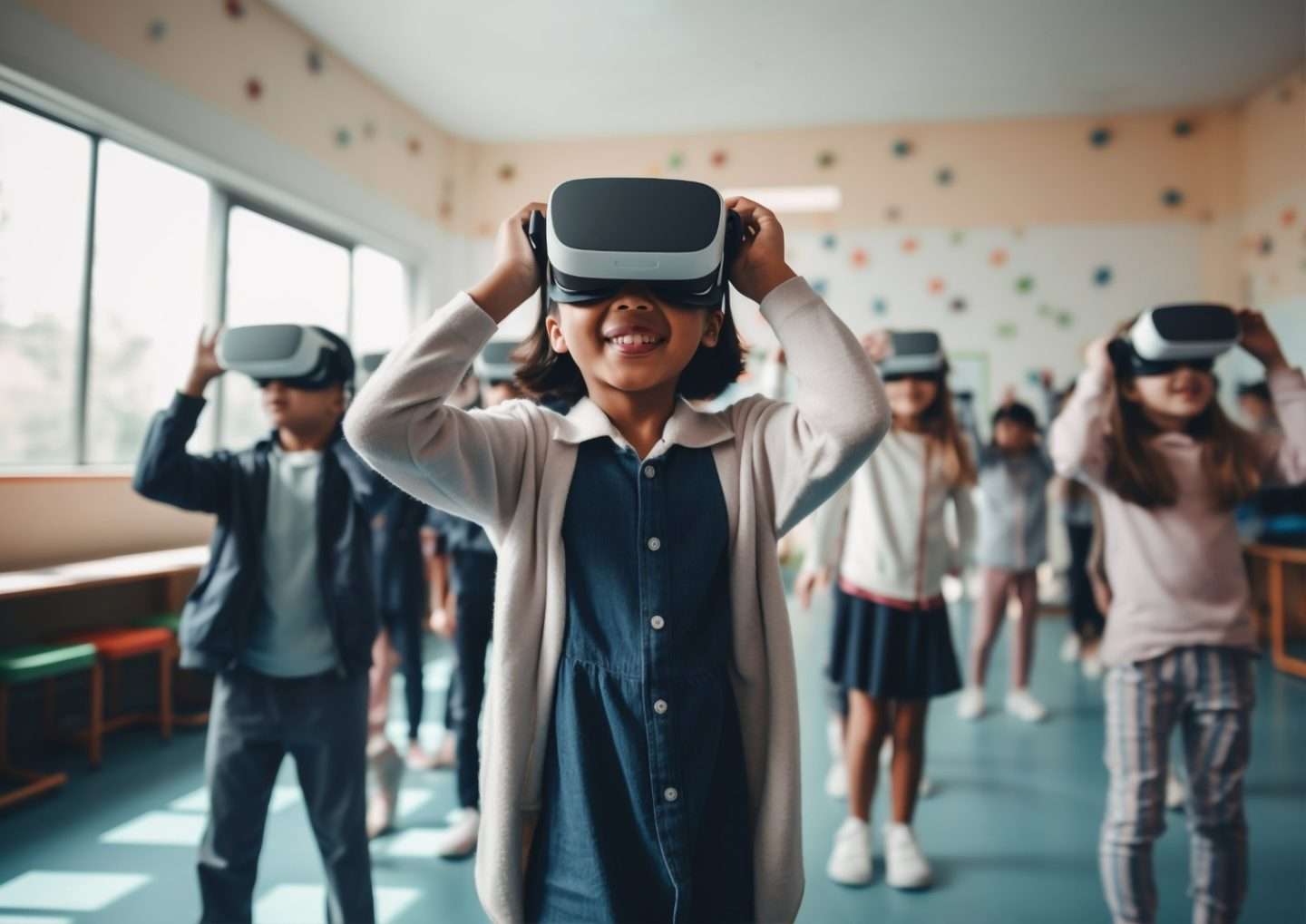
Technology enhances active learning through tools like virtual reality (VR) and augmented reality (AR), offering immersive simulations of complex concepts.
Online collaboration platforms enable students to work together on projects from anywhere, while data analytics provide educators with insights to personalize learning experiences and track student progress.
Assessing Approaches to Help with Real-World Practical Skills
Traditional assessments don’t always capture experiential learning outcomes. Formative assessments, such as peer reviews or reflections, provide ongoing feedback, helping students grow throughout the process.
Rubrics are useful for evaluating experiential activities, as they clarify expectations and promote accountability. Student feedback also helps refine experiential learning strategies.
Challenges in Implementing Experiential Learning
Challenges such as limited resources or varying student engagement can arise. Partnerships with local businesses or community organizations can provide support, while offering diverse activities ensures inclusivity.
Flexible assessment methods are needed to reflect student growth, emphasizing learning over memorization. By focusing on process, educators can create supportive environments where students thrive.
Resources to Look Out For
There are numerous platforms to support active learning, such as Edmodo and Google Classroom, which streamline project management and communication.
Organizations like PBL Works offer templates for project-based learning, while professional development opportunities keep educators informed of the latest trends in experiential learning.
The Future of Experiential Learning
The future of experiential learning is bright, with technology playing a growing role in expanding immersive learning opportunities. Virtual and augmented reality will continue to enhance educational experiences, making content more engaging and relevant.
As education evolves, experiential learning will be essential for preparing students to navigate real-world challenges. By embracing this approach, educators can ensure students are not only knowledgeable but also capable of applying their skills in diverse situations.

